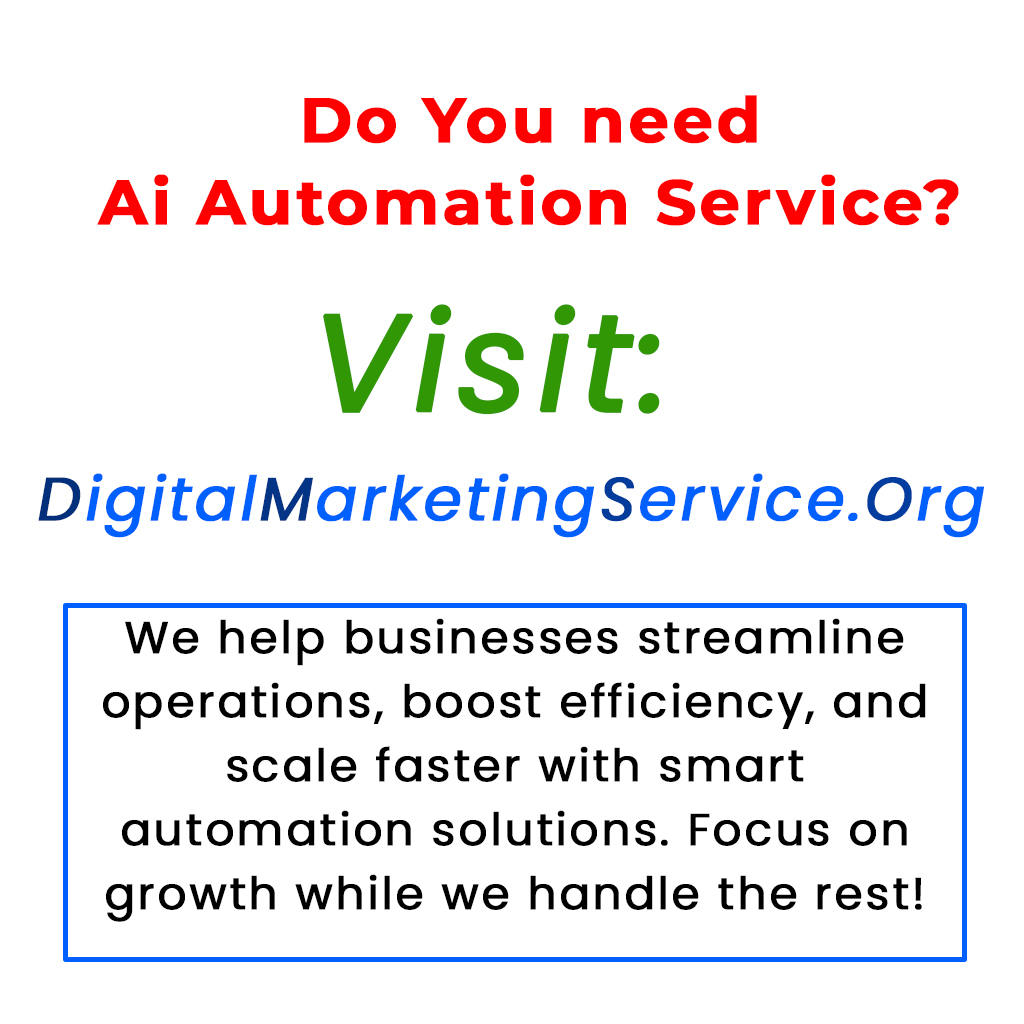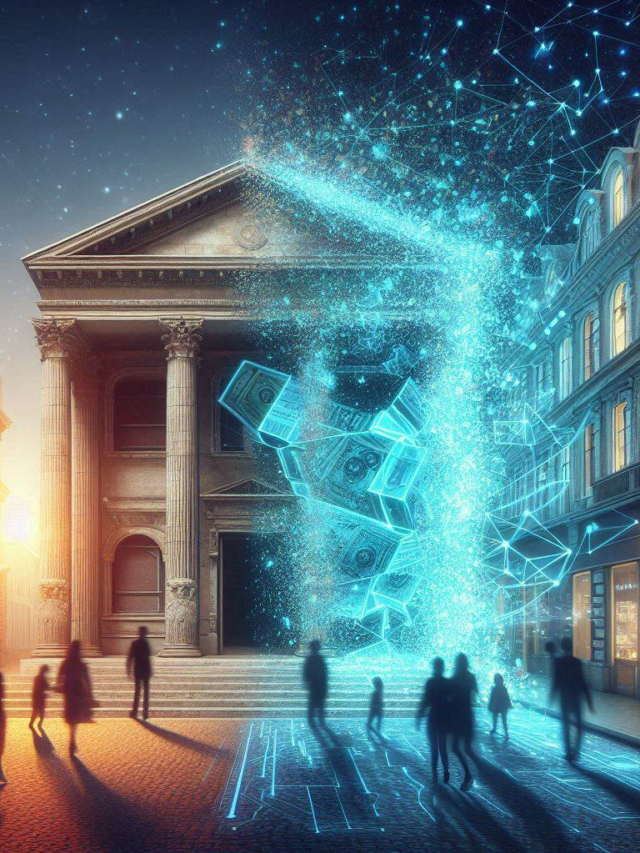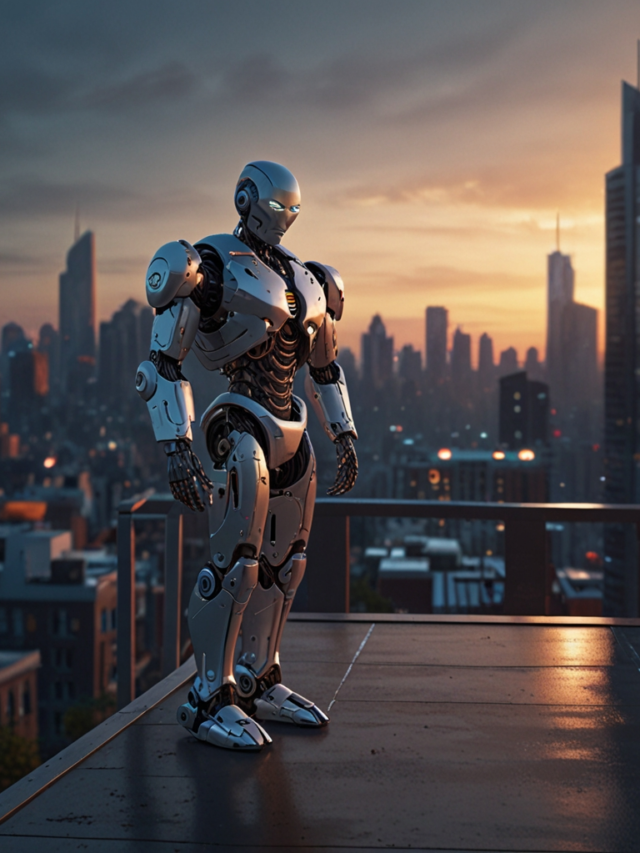Artificial Intelligence is evolving from isolated systems to a connected network of intelligent agents. For AI to reach its full potential, these agents need to communicate effectively, which is where two new protocols come into play: Anthropic’s Model Context Protocol (MCP) and Google’s Agent-to-Agent (A2A). MCP helps AI access vital context and tools, while A2A enables agents to collaborate with one another, similar to how LinkedIn and Slack facilitate professional networking. As these protocols such as MCP and A2A gain traction, the future will likely see a merging of tools and agents, creating dynamic and interconnected ecosystems that enhance efficiency and innovation in AI. Understanding these shifts will be crucial for organizations to stay ahead.
Why MCP and A2A Protocols Matter for the Future of AI
AI technology is advancing rapidly, shifting from isolated models to interconnected networks of intelligent agents. This evolution opens up exciting possibilities, but there’s a crucial aspect that needs attention: communication among these AI agents.
To thrive, AI systems must collaborate effectively, and that’s where two groundbreaking protocols come into play: Anthropic’s Model Context Protocol (MCP) and Google’s Agent-to-Agent (A2A). These protocols are essential for enhancing the capabilities of AI by enabling seamless interaction and access to necessary tools and data.
Why Communication Is the Next Frontier in AI
Picture a team of geniuses who never communicate. This was the reality for early AI systems—intelligent yet disconnected. In today’s world, as businesses adopt AI to streamline processes, the ability of AI agents to communicate is crucial. Without a shared language or framework, these agents remain isolated, unable to adapt to complex scenarios. MCP and A2A address this issue by facilitating effective communication between agents and tools.
Meet the Protocols: MCP vs A2A
MCP focuses on providing context to AI agents by connecting them with real-world tools such as internal databases and content repositories. This allows AI models to access structured information and enhance their outputs.
On the other hand, A2A is designed for communication between AI agents. It enables these agents to discover and collaborate with one another, similar to how individuals network on platforms like LinkedIn. This collaborative approach makes AI more efficient by allowing agents to work together to achieve common goals.
Are MCP and A2A Competing or Complementary?
Interestingly, Google asserts that MCP and A2A can work hand-in-hand. MCP facilitates agent-to-tool communication while A2A enhances agent-to-agent interactions. Although they address different needs, the growing overlap between these functionalities could lead to potential competition in the future.
Where the Industry Stands Today
MCP is gaining traction, backed by major players like OpenAI and Anthropic. Conversely, while Google supports MCP, it’s promoting A2A as its distinctive contribution to the evolving AI landscape. This dynamic could lead us toward a significant protocol power play as organizations strive to define the future of AI interactions.
Looking Ahead: Strategic Signals for the Future
As AI continues to evolve, expect to see:
1. Merging of agents and tools, blurring the line between the two.
2. Rapid expansion of AI ecosystems that allow for collaboration across platforms.
3. Adoption of simplicity, where the most user-friendly protocol will dominate the Market.
Strategic Takeaways for Organizations
For technology leaders, understanding these protocols can give your organization a competitive edge. Consider these steps:
– Use MCP to connect AI agents to essential tools for improved operations.
– Explore A2A as your organizational ecosystem evolves to enable agent collaboration.
– Design systems with flexibility to adapt to changing protocols.
– Prioritize security by ensuring agents access only approved data.
– Invest in upskilling your teams on AI architectures and protocol capabilities.
Ultimately, understanding both MCP and A2A will shape how AI agents work together in the coming years, turning them into powerful collaborators rather than isolated tools. As we embrace this exciting new age of AI communication, the future will hinge not just on what these agents can accomplish, but how effectively they work in tandem.
Tags: AI, MCP Protocol, A2A Protocol, Artificial Intelligence, Agent Communication, Future of AI.
What are AI agents learning to talk?
AI agents are computer systems designed to understand and generate human language. They learn to talk by analyzing a lot of text data, enjoying conversations, and improving over time.
How do AI agents learn language?
AI agents use a method called machine learning. They read and listen to huge amounts of language data, like books, articles, and conversations. This helps them recognize patterns and understand how words fit together.
Can AI agents understand emotions?
Yes, many AI agents are being trained to recognize emotions in language. They analyze the tone, context, and word choice to understand feelings behind the words, making them better at responding in a human-like way.
Are AI agents good at talking like humans?
AI agents have come a long way in sounding natural. While they can mimic human speech and keep conversations flowing, they might still fail to understand complex topics or emotions perfectly.
What are the challenges of AI agents learning to talk?
Some challenges include understanding context, dealing with slang, and interpreting humor. AI agents need to improve in these areas to sound more like real people in conversations.





